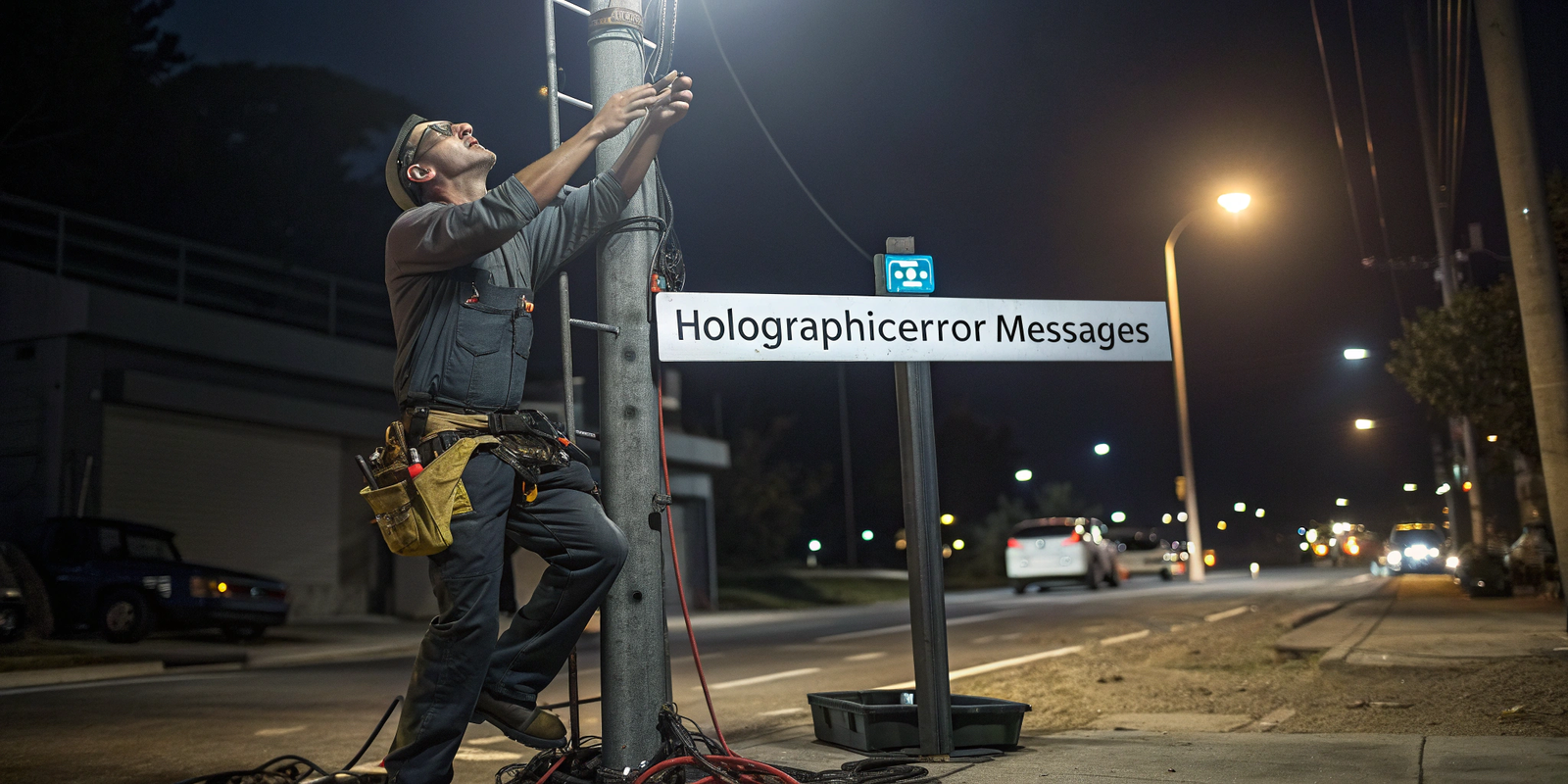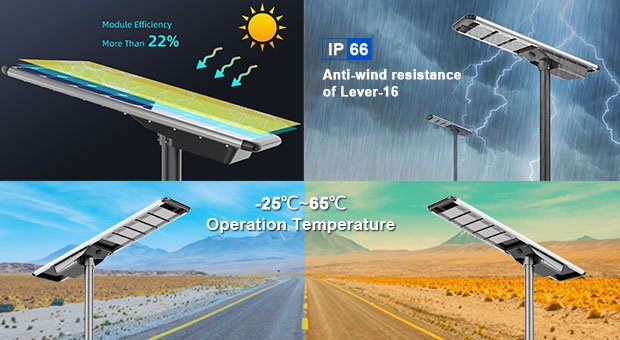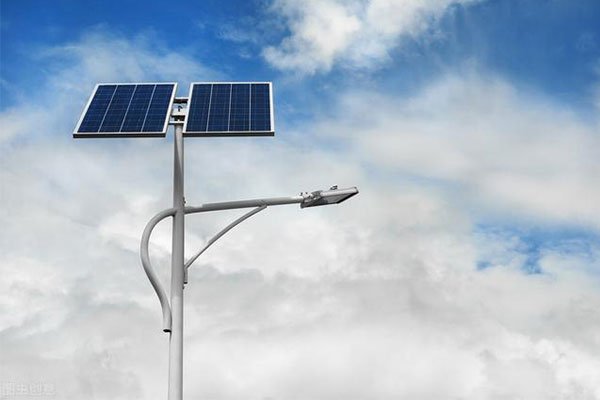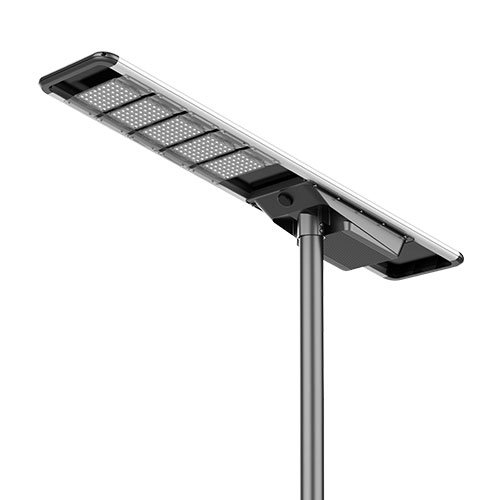Light sensor control is crucial for energy efficiency in solar street lights. Poor calibration can lead to unnecessary energy loss and performance issues.
Optimizing light sensor installation involves proper positioning, environmental considerations, and smart calibration techniques.
Incorrect sensor placement or faulty calibration can cause street lights to turn on or off at the wrong times, leading to wasted energy or inadequate lighting. This guide covers the key aspects of sensor optimization for maximum efficiency.
Understanding the Role of Light Sensor Control in Solar Street Lights
A properly calibrated light sensor ensures street lights operate efficiently by detecting natural light levels.
- What is a light sensor, and how does it work? It detects ambient light levels and automatically switches street lights on at dusk and off at dawn.
- Importance of light sensor control in energy efficiency: Properly adjusted sensors prevent unnecessary power consumption and extend battery life.
- Common issues caused by poor sensor calibration: Misalignment or improper settings can cause flickering, delayed activation, or failure to turn on/off at the right time.
Key Factors Affecting Light Sensor Performance
Several factors influence sensor accuracy, including placement, environmental conditions, and installation angle.
- Sensor Positioning
- Avoid placing sensors near artificial light sources (e.g., building lights, traffic signals) to prevent false readings.
- Ensure an unobstructed view of natural light for accurate detection.
- Environmental Factors
- Dust, dirt, and debris can reduce sensor accuracy over time.
- Weather conditions like fog, rain, and snow affect light sensitivity and may cause incorrect switching.
- Installation Height and Angle
- Recommended sensor placement depends on pole height for optimal detection.
- Adjusting angles correctly helps prevent false triggers from reflections or passing vehicles.
Best Practices for Optimizing Light Sensor Control
Proper calibration, smart integration, and regular maintenance improve sensor performance.
- Proper Sensor Calibration
- Set correct light intensity thresholds to ensure lights activate only when needed.
- Avoid overly sensitive settings that cause flickering or premature activation.
- Smart Sensor Integration
- Use motion sensors for adaptive brightness control to reduce energy consumption.
- Implement remote monitoring systems for real-time adjustments and performance tracking.
- Regular Maintenance and Cleaning
- Clean the light sensor regularly to remove dust and debris that affect accuracy.
- Detect and replace faulty sensors to maintain optimal functionality.
Common Mistakes to Avoid in Light Sensor Installation
Incorrect sensor placement and poor-quality components can lead to performance failures.

- Installing sensors too close to reflective surfaces, which can cause false triggers.
- Using low-quality or incompatible sensors that fail to provide accurate readings.
- Failing to update firmware for smart control features, limiting efficiency and adaptability.
Advanced Solutions for Intelligent Light Sensor Control
Modern technologies enhance sensor efficiency and adaptability for better energy management.
- AI-powered adaptive lighting systems that adjust brightness dynamically based on real-time data.
- IoT-based remote control for optimizing energy savings through cloud-based monitoring and adjustments.
- Integration with weather monitoring to modify brightness levels based on environmental conditions.
Conclusion
Optimizing light sensor control ensures reliable performance and energy efficiency in solar street lights.
By positioning sensors correctly, integrating smart technologies, and maintaining regular calibration, solar street lights can function efficiently with minimal energy waste.







